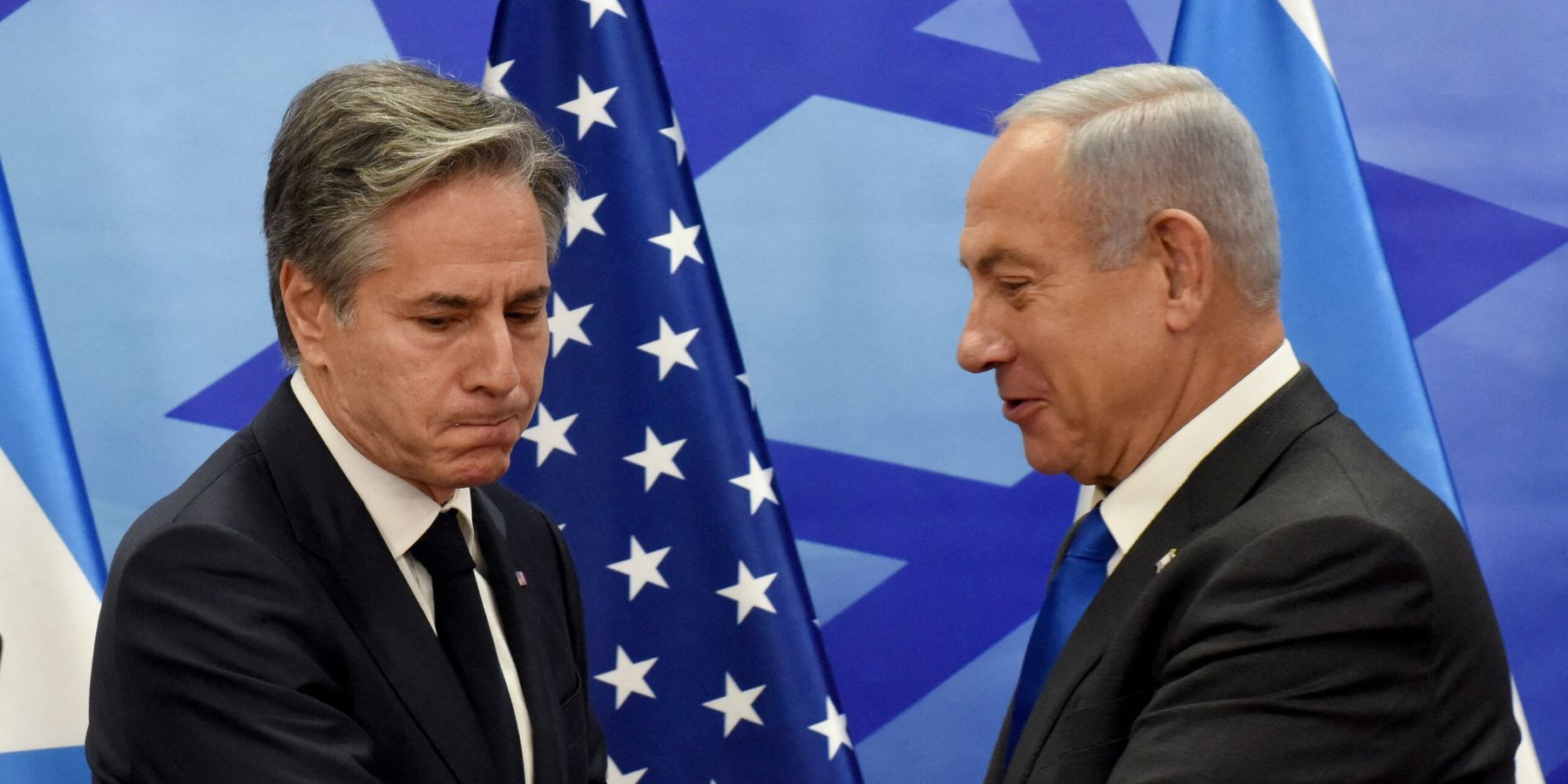Israeli military operations in response to the October 7 attack by Hamas have continuously expanded throughout its near abroad in an ever-widening range.
While it is true that Hamas has many diplomatic and logistical connections with other actors such as Hezbollah and Iran, it also seems apparent that the embattled Netanyahu government wants to prolong the war, if not expand it, in a bid to stay in power.
Up until now he has had the support of Israelis — including members of the opposition and the majority of the public — to “finish the job.”
But patience may be running out, particularly on the issue of the hostages, coupled with a backlash over the many embarrassing intelligence failures that enabled the original terror attack to happen. As many commentators have noted, only by keeping a state of continuous crisis can Netanyahu retain his current position.
Already in official statements he declares that military operations will continue at least into 2025.
This week’s airstrike on the Iranian embassy in Damascus risks significant escalation with Iran and took place in a country currently too embattled with its own still-ongoing civil war to be a significant threat to Israel. This comes on the heels of attempts by Israel to not just strike at Hezbollah across the border with Lebanon, but to potentially make the area uninhabitable for anyone using (U.S.-supplied) white phosphorus munitions.
This only helps to prolong and expand the war in Gaza into places the U.S. may not be ready for or even willing to accept.
The United States has been attempting to pivot away from the Middle Eastern region for years, and yet its ideological and sentimental attachment to Israel always plays a major role in drawing it back in. The aftermath of the Gaza War has shown beyond a doubt just how much the interests of the two countries have diverged in the post-Cold War world. What once served as a relationship meant to check a perceived (and overblown) pro-Soviet tilt among early Arab nationalists has now become a strategic millstone around the neck of any rational definition of American interest.
As early as the First Gulf War, when Saddam Hussein fired missiles at targets in Israel in a bid to lure Tel Aviv into joining — and therefore undermining — the Arab-majority regional coalition against his designs in Kuwait, the signs of danger have been apparent.
Both the United States and Israel were badly affected by the hubris of the ‘unipolar moment’ of the 1990s and 2000s. No longer believing that meaningful counterbalancing against their interests was possible, both societies appear to have let their strategic cultures become distorted toward short-term thinking and an inability to comprehend the growing capabilities of rival powers.
The Israeli position seems to assume that its relationship with the United States invalidates any need to seek a true regional modus vivendi with its immediate neighbors, states whose existence are likely more permanent than predominant U.S. influence in the region. This is made all the more apparent by the willingness to sabotage local relations despite having had some diplomatic breakthroughs prior to the war under the framework of the Abraham Accords.
This relationship has also become extremely unequal, and not in the way that one would normally think when examining that of a small regional power and a large global one. All the way back in 1996, President Clinton apparently flew into a rage after meeting with Netanyahu, asking who “the fu*king superpower” was in the relationship.
Attempts by various American administrations to seek a solution to the Palestinian issue have repeatedly foundered, all while certain elements of the Israeli public advocate for yet more territorial expansion far outside of officially recognized borders in an attempt to create a “Greater Israel.”
American largesse seems to be fueling a sense of entitlement, to the tune of billions of dollars. Meanwhile, Israeli combat performance against its neighbors since at least the 2006 Lebanon War comes far short of the mythical capabilities of the Israel Defense Forces (IDF), which many commentators assume remain frozen in the pristine amber of the mid-20th century.
This now takes us to today as the United States, a country coming around late to the idea that its own unipolar moment is over, should be seeking to avoid perpetual brushfire wars that are irrelevant to the global balance of power. Operations in the Gulf of Aden and the damage done to global shipping in that region might not be happening at all were it not for Washington’s unconditional support for Israel in an otherwise localized struggle.
Attempts to work out an arrangement for de-emphasizing the Middle East are consistently undermined by not only Israeli demands, but also by retaliatory strikes launched by Iranian allies and others on tripwire against U.S. bases that serve little purpose outside of providing some kind of non-specified leverage. Every time one of these dubious outposts is fired upon, it increases the risk of casualties and escalation, which in turn increases the chance that the U.S. will redirect force deployments back to the Middle East.
Now, with the Biden Administration planning on sending U.S. troops directly into the Gaza combat zone by building a “humanitarian port” there, it is worth acknowledging that the U.S.-Israel alliance has become extremely damaging to Washington’s conception of rational self-interest, Israel’s ability to realistically adapt to the realities of its neighborhood, and both countries' ability to avoid escalation into a regional war.
The key element currently bringing out the worst in both is the Netanyahu government itself, which appears intent on running roughshod over any calculation of long-term interest in a desperate bid to keep itself in power for as long as possible.
- Bombs, guns, treasure: What Israel wants, the US gives ›
- At the Hague, US more isolated than ever on Israel-Palestine ›
















